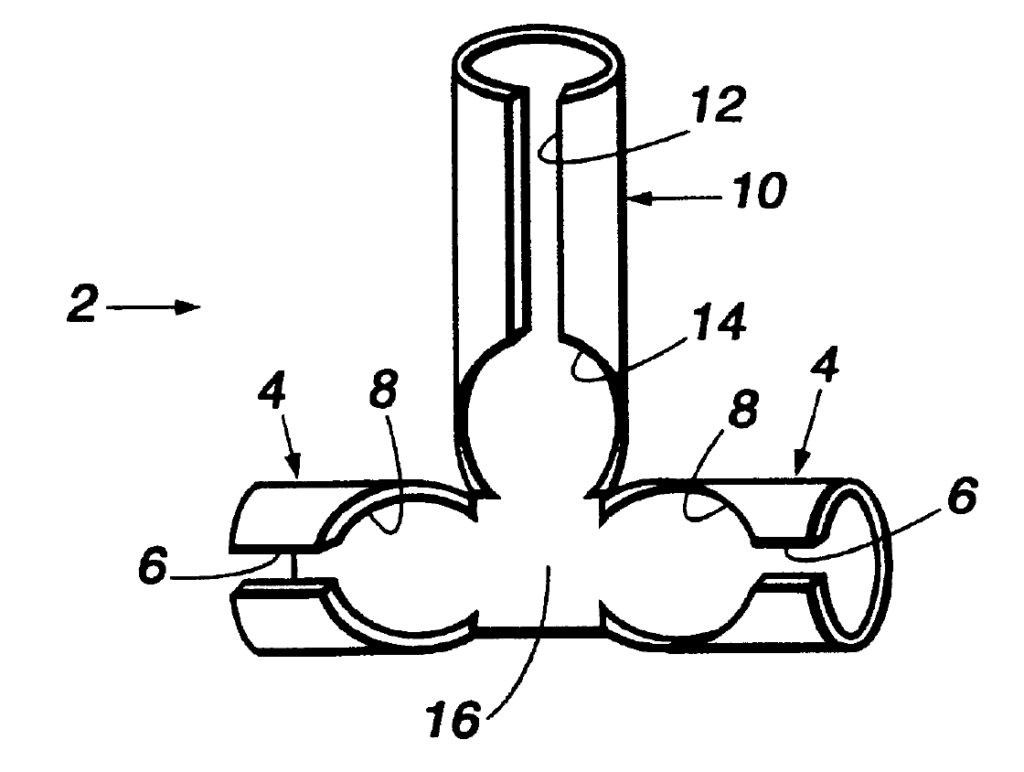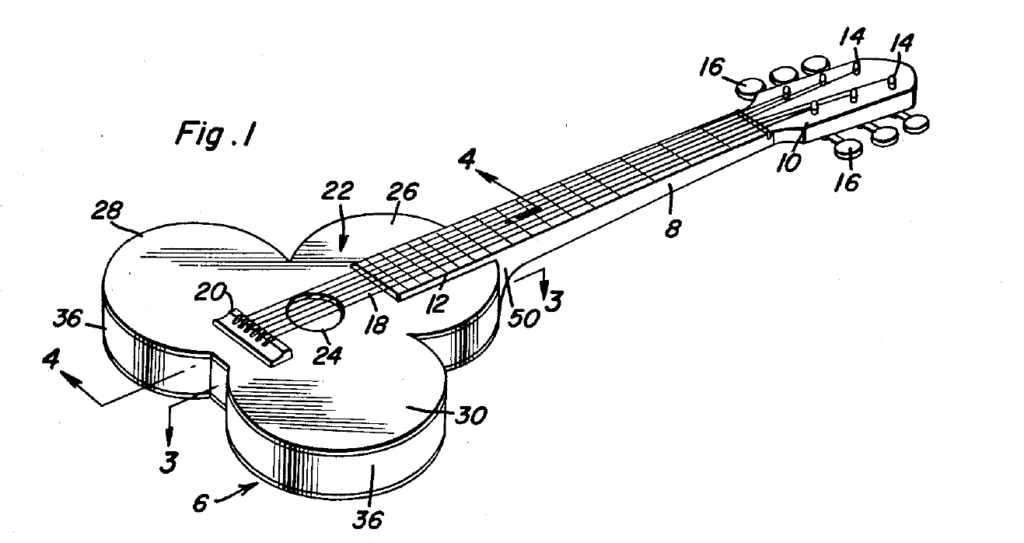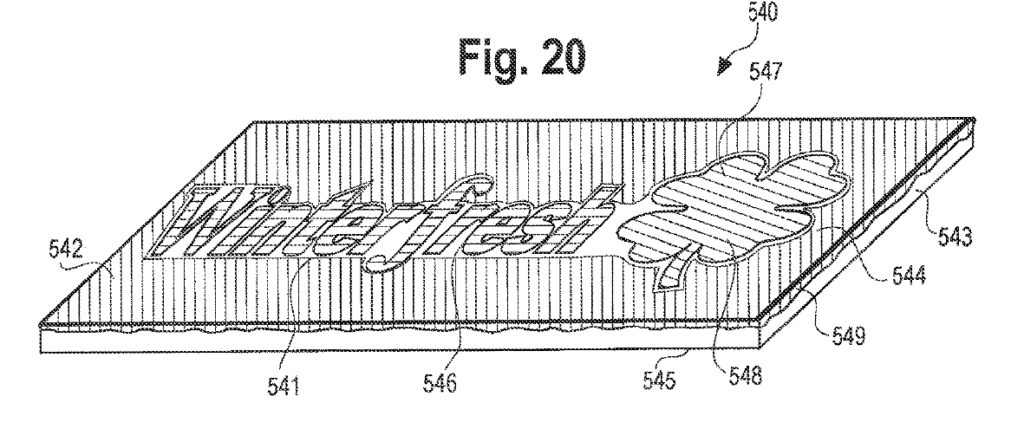Obviousness may not be established using hindsight or in view of the teachings or suggestions of the inventor. Para-Ordnance Mfg., Inc. v. SGS Importers Int’l, Inc., 73 F.3d 1085, 1087, 37 U.S.P.Q.2d 1237, 1239 (Fed. Cir. 1995), citing W.L. Gore & Assocs., Inc. v. Garlock, Inc., 721 F.2d 1540, 1551, 1553, 220 USPQ 303, 311, 312-13 (Fed.Cir.1983), cert. denied, 469 U.S. 851, 105 S.Ct. 172, 83 L.Ed.2d 107 (1984).
Hindsight is inherent in the patent examination process. Examiner’s look at what the inventor claims, and with this information look for prior art to determine whether or not the claimed invention is obvious, flirting with “tempting but forbidden zone of hindsight.” See, Loctite Corp. v. Ultraseal Ltd., 781 F.2d 861, 873, 228 USPQ 90, 98 (Fed.Cir.1985). The problem of hindsight is exacerbated by modern search technology which allows Examiner to quickly and easily find each and every element of the claimed invention, and all that the is needed is to stitch the individual elements together. Patent law has developed several tools to combat hindsight. First, 35 USC 103 requires obviousness of the invention “as a whole,” so merely finding the elements individually in the prior art does not mean that the invention was obvious. Ruiz v. A.B. Chance Co., 357 F.3d 1270, 69 U.S.P.Q.2d 1686 (Fed. Cir. 2004). Second, there is the requirement that there be some reason to modify or combine the prior art. Ruiz v. A.B. Chance Co., 357 F.3d 1270, 69 U.S.P.Q.2d 1686 (Fed. Cir. 2004). Without some reason the modification/combination is not obvious, and neither is the invention. Finally, there are objective indicia of non-obvious, often called “secondary considerations,” that guard against the hindsight reconstruction of the invention. See, In re Sernaker, 702 F.2d 989, 996, 217 USPQ 1, 7 (Fed.Cir.1983).
When confronted with a hindsight reconstruction, there are a number of colorful descriptions of hindsight that can help frame the argument:
Using the Claims as a Frame, and the Prior Art as a Mosaic. In W.L. Gore & Assocs., Inc. v. Garlock, Inc., 721 F.2d 1540, 1551, 1553, 220 USPQ 303, 311, 312-13 (Fed.Cir.1983), the Federal Circuit reversed the district court’s finding of obviousness, noting that “[t]he result is that the claims were used as a frame, and individual, naked parts of separate prior art references were employed as a mosaic to recreate a facsimile of the claimed invention.” 721 F.2d at 1551, 220 USPQ at 311.
Using What the Inventor Taught Against its Teacher. Also in W.L. Gore & Assocs., Inc. v. Garlock, Inc., 721 F.2d 1540, 1551, 1553, 220 USPQ 303, 311, 312-13 (Fed.Cir.1983), in reversing the district court’s finding of obviousness, the Federal Circuit explained the problem of hindsight: “To imbue one of ordinary skill in the art with knowledge of the invention in suit, when no prior art reference or references of record convey or suggest that knowledge, is to fall victim to the insidious effect of a hindsight syndrome wherein that which only the inventor taught is used against its teacher.” 721 F.2d at 1553, 220 USPQ at 312-13.
Throwing Metaphorical Darts at a Metaphorical Dartboard. In re Kubin, 561 F.3d 1351, 90 U.S.P.Q.2d 1417 (Fed. Cir. 2009), in affirming a finding of obviousness, the Federal Circuit cautioned that in the situation where a challenger, “merely throws metaphorical darts at a board filled with combinatorial prior art possibilities, courts should not succumb to hindsight claims of obviousness.” See, also, Leo Pharm. Prods., Ltd. v. Rea, 726 F.3d 1346, 107 U.S.P.Q.2d 1943 (Fed. Cir. 2013); In re Cyclobenzaprine Hydrochloride Extended-Release Capsule Patent Litig.(Eurand, Inc. v. Mylan Pharm., Inc.), 676 F.3d 1063, 102 U.S.P.Q.2d 1760 (Fed. Cir. 2012).
Collapsing the Obviousness Analysis into a Hindsight-Guided Combination. In Leo Pharm. Prods., Ltd. v. Rea, 726 F.3d 1346, 107 U.S.P.Q.2d 1943 (Fed. Cir. 2013), the Federal Circuit reversed the obviousness determination in a reexamination, finding that “the Board erred by collapsing the obviousness analysis into a hindsight-guided combination of elements.”
A Hindsight Combination of Components Selectively Culled from the Prior Art to fit the Parameters of the Invention. In ATD Corp. v. Lydall, Inc., 159 F.3d 534 , 546 (Fed. Cir. 1998), the Federal Circuit reversed a judgment of invalidity, stating “Determination of obviousness can not be based on the hindsight combination of components selectively culled from the prior art to fit the parameters of the patented invention. There must be a teaching or suggestion within the prior art, or within the general knowledge of a person of ordinary skill in the field of the invention, to look to particular sources of information, to select particular elements, and to combine them in the way they were combined by the inventor.”
Using the Inventor’s Disclosure as a Blueprint. In Interconnect Planning Corp. v. Feil, 774 F.2d 1132, 227 U.S.P.Q. 543 (Fed. Cir.1985), the Federal Circuit vacated the district court’s summary judgment of invalidity, noting that the court reconstructed the invention, using the blueprint of the inventor’s claims, and saying [t]he invention must be viewed not with the blueprint drawn by the inventor, but in the state of the art that existed at the time.” See, also, In re Dembiczak, 175 F.3d 994, 50 U.S.P.Q.2d 1614 (Fed. Cir. 1999); Ecolochem, Inc. v. So. Cal. Edison Co., 227 F.3d 1361, 1371-72 (Fed.Cir.2000);
A Poster Child for Impermissible Hindsight Reasoning. In Otsuka Pharm. Co. v. Sandoz, Inc., 678 F.3d 1280, 102 U.S.P.Q.2d 1729 (Fed. Cir.2012), in affirming the district court’s determination that the claims were not invalid, the Federal Circuit noted that the district court’s careful analysis exposed the Defendants’ obviousness case for what it was — “a poster child for impermissible hindsight reasoning.”














